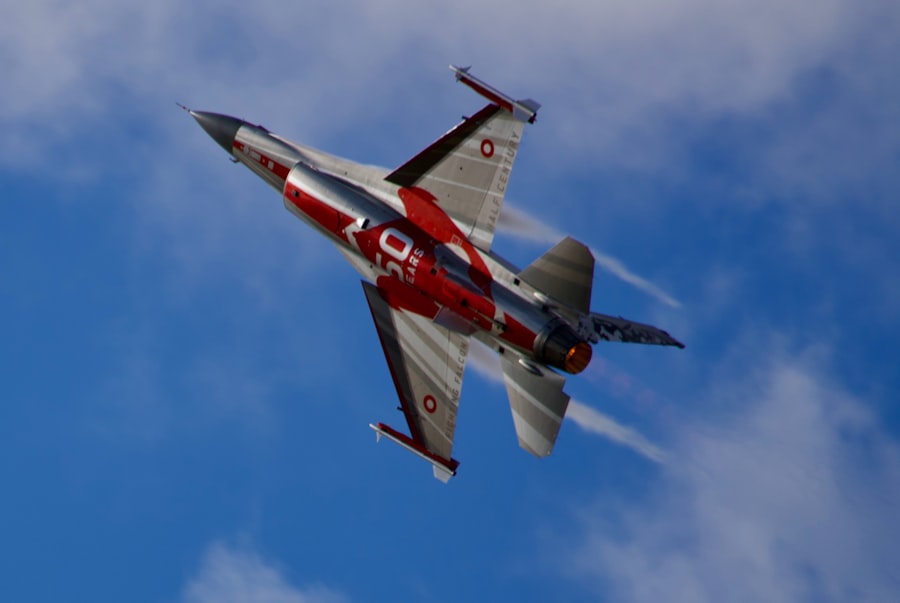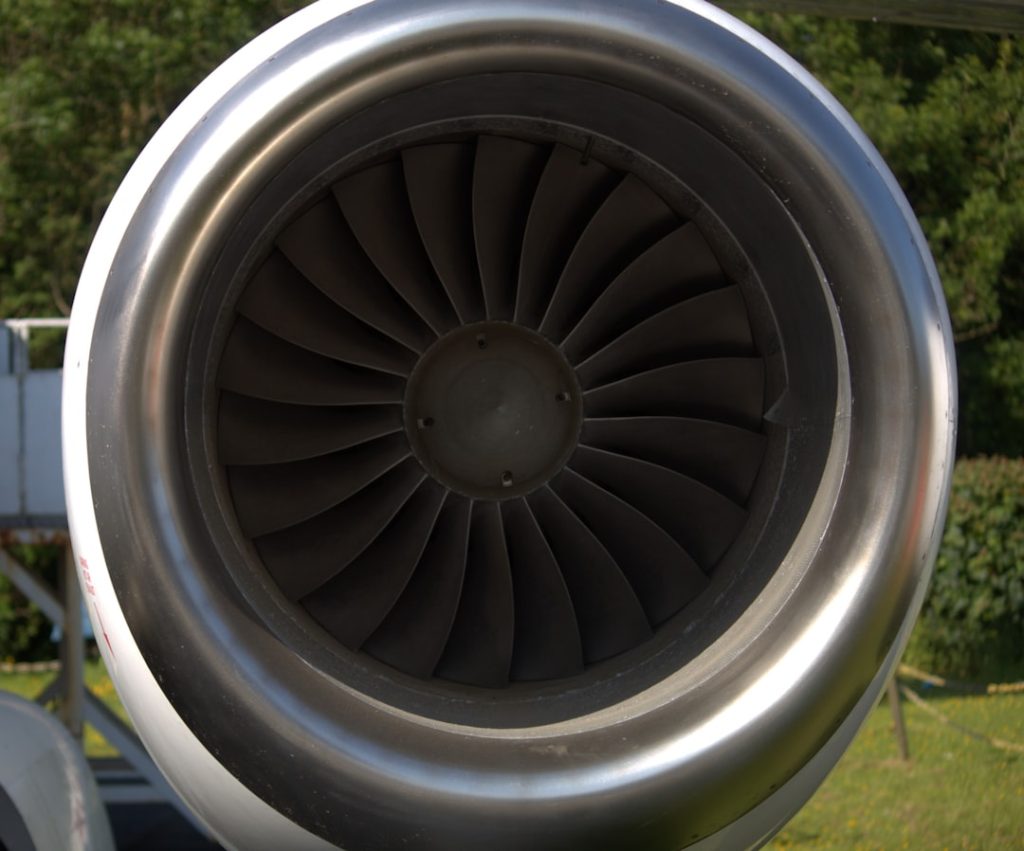The evolution of jet planes is a fascinating journey that intertwines technological innovation with the demands of warfare and commercial aviation. The inception of jet propulsion can be traced back to the early 20th century, with significant advancements occurring during World War
The German Messerschmitt Me 262, which took to the skies in 1944, was the world’s first operational jet fighter. This aircraft marked a pivotal moment in aviation history, showcasing the potential of jet technology to achieve unprecedented speeds and performance. The Me 262’s introduction not only revolutionized military aviation but also set the stage for future developments in both military and civilian aircraft.
Post-war, the advancements in jet technology transitioned into the commercial sector, leading to the dawn of the jet age in the 1950s. The de Havilland Comet, introduced in 1952, was the first commercial jet airliner, capable of flying at higher altitudes and faster speeds than its propeller-driven predecessors. However, its initial success was marred by tragic accidents attributed to design flaws, prompting rigorous safety evaluations and improvements in engineering standards.
The Boeing 707, which debuted in 1958, became a symbol of commercial aviation’s transformation, offering greater range and capacity, thus making air travel accessible to the masses. This shift not only changed how people traveled but also reshaped global commerce and tourism.
Key Takeaways
- Jet planes have a rich history, starting as military aircraft before transitioning to commercial use.
- Understanding the anatomy of a jet plane involves knowledge of its components and advanced technology.
- The fastest jet planes in the world offer an exhilarating experience for both pilots and passengers.
- Aerobatics in jet planes showcase the skill and daring of pilots as they perform impressive maneuvers.
- The future of jet plane technology is focused on advancements in speed and efficiency, shaping the future of air travel.
The Anatomy of a Jet Plane: Understanding the Components and Technology

A jet plane is a complex machine composed of various components that work in harmony to achieve flight. At its core is the airframe, which provides the structural integrity necessary to withstand aerodynamic forces. The fuselage houses passengers and cargo, while the wings generate lift through their shape and angle relative to the airflow.
Wing design has evolved significantly, with modern jets often featuring swept-back wings that enhance performance at high speeds by delaying airflow separation. The heart of a jet plane lies in its engines, typically turbojet or turbofan engines. Turbojets are designed for high-speed flight and are characterized by their simplicity and efficiency at high altitudes.
However, turbofans have become more prevalent in commercial aviation due to their quieter operation and improved fuel efficiency. These engines work by drawing in air through an inlet, compressing it, mixing it with fuel, and igniting the mixture to produce thrust. The bypass ratio—the amount of air that bypasses the engine core—plays a crucial role in determining efficiency and noise levels.
Additionally, advanced materials such as carbon-fiber composites are increasingly used in construction to reduce weight while maintaining strength.
The Thrill of Speed: Exploring the Fastest Jet Planes in the World
| Jet Plane Model | Maximum Speed (Mach) | Maximum Speed (mph) | Year of Introduction |
|---|---|---|---|
| X-15 | 6.7 | 4,520 | 1959 |
| Lockheed SR-71 Blackbird | 3.3 | 2,193 | 1966 |
| North American X-15A-2 | 4.5 | 3,300 | 1967 |
| Lockheed YF-12 | 3.2 | 2,070 | 1963 |
| MiG-25 Foxbat | 2.83 | 1,920 | 1970 |
Speed has always been a defining characteristic of jet planes, with various models vying for the title of the fastest aircraft. The North American X-15 holds the record for the fastest manned aircraft, achieving speeds of Mach 6.72 (approximately 4,520 miles per hour) during its test flights in the 1960s. This rocket-powered aircraft was designed for research purposes and provided invaluable data on aerodynamics and thermal protection systems for future spacecraft.
In the realm of operational military jets, the Lockheed SR-71 Blackbird stands out as one of the fastest aircraft ever built. Capable of reaching speeds exceeding Mach 3.2 (around 2,200 miles per hour), this reconnaissance aircraft was designed for high-altitude missions during the Cold War. Its sleek design and advanced materials allowed it to evade enemy missiles and interceptors effectively.
In commercial aviation, while speed is often secondary to efficiency and comfort, the Concorde remains an iconic example of supersonic travel. Operating from 1976 until 2003, it could cruise at speeds over Mach 2 (approximately 1,354 miles per hour), drastically reducing transatlantic flight times.
The Art of Aerobatics: How Pilots Perform Daring Maneuvers in Jet Planes
Aerobatics is a thrilling aspect of aviation that showcases a pilot’s skill and an aircraft’s capabilities through a series of complex maneuvers. Jet planes designed for aerobatic performance are typically lightweight and highly responsive, allowing pilots to execute loops, rolls, and spins with precision. The Extra 300 and the Sukhoi Su-26 are examples of aerobatic aircraft that have gained popularity in airshows around the world.
Performing aerobatics requires an intimate understanding of aerodynamics and flight dynamics. Pilots must be acutely aware of their aircraft’s limits regarding speed, altitude, and maneuverability. For instance, during a loop maneuver, pilots experience significant G-forces that can affect their physical condition; thus, they undergo rigorous training to withstand these forces.
Additionally, understanding stall characteristics is crucial; pilots must know how to recover from a stall without losing control of the aircraft. Aerobatic competitions often feature a series of predetermined maneuvers judged on precision and execution, highlighting not only pilot skill but also the engineering prowess behind these agile machines.
The Future of Jet Plane Technology: Advancements in Speed and Efficiency

As technology continues to advance at an unprecedented pace, the future of jet planes promises exciting developments in speed and efficiency. One area of focus is supersonic travel; companies like Boom Supersonic are working on commercial jets capable of flying at speeds exceeding Mach 1.2 while addressing noise pollution concerns associated with sonic booms. Their Overture aircraft aims to connect major cities around the world in record time while maintaining environmental sustainability through innovative design and materials.
Another significant trend is the push towards sustainable aviation fuels (SAFs) and electric propulsion systems. With growing concerns about climate change and carbon emissions from traditional jet fuels, researchers are exploring alternative energy sources that could power future aircraft more sustainably. Electric propulsion systems are being tested in smaller aircraft, with companies like magniX leading efforts to develop electric engines that could revolutionize regional air travel by reducing reliance on fossil fuels.
Jet Plane Racing: The High-Stakes World of Competitive Air Racing
Jet plane racing is an exhilarating sport that combines speed, skill, and precision flying in a competitive environment. Events like the Red Bull Air Race World Championship have popularized this thrilling spectacle, where pilots navigate challenging courses marked by pylons at high speeds while performing intricate maneuvers. These races require not only exceptional piloting skills but also strategic thinking as pilots must balance speed with accuracy to avoid penalties.
The aircraft used in these races are often modified versions of existing models or purpose-built machines designed for agility and speed. For instance, the Edge 540 is a popular choice among racers due to its lightweight structure and powerful engine that allows for rapid acceleration and tight turns. Pilots undergo extensive training to master their craft, often spending hours honing their skills in simulators before taking to the skies in competition.
The combination of high stakes and breathtaking aerial displays makes jet plane racing a captivating spectacle for both participants and spectators alike.
Jet Plane Safety: The Measures Taken to Ensure Passenger and Pilot Security
Safety is paramount in aviation, particularly concerning jet planes that transport millions of passengers annually across vast distances. The industry adheres to stringent regulations set forth by organizations such as the Federal Aviation Administration (FAA) and the International Civil Aviation Organization (ICAO). These regulations encompass everything from aircraft design standards to pilot training requirements, ensuring that safety remains a top priority throughout all aspects of aviation.
Modern jet planes are equipped with advanced safety features designed to mitigate risks during flight operations. For instance, fly-by-wire technology allows for precise control over flight surfaces while providing redundancy systems that can take over if primary controls fail. Additionally, cockpit resource management training emphasizes communication and teamwork among crew members to enhance decision-making during critical situations.
Regular maintenance checks and inspections are mandated to ensure that all systems function correctly before each flight, further bolstering safety measures.
The Impact of Jet Planes on Global Travel: How They Have Changed the Way We Explore the World
The advent of jet planes has fundamentally transformed global travel by making it faster, more accessible, and more efficient than ever before. Prior to the introduction of commercial jets, long-distance travel was often time-consuming and limited to those who could afford it. With jets capable of crossing continents in mere hours, air travel has become a viable option for millions worldwide, facilitating not only tourism but also international business and cultural exchange.
The impact extends beyond mere convenience; jet planes have reshaped economies by enabling global trade networks that rely on swift transportation of goods and services. Airlines have expanded their routes significantly since the introduction of jets, connecting remote regions with major urban centers and fostering economic growth in previously isolated areas. Moreover, as air travel becomes increasingly affordable due to competition among airlines and advancements in technology, more people can explore diverse cultures and destinations than ever before—an evolution that has enriched global understanding and interconnectedness among nations.


